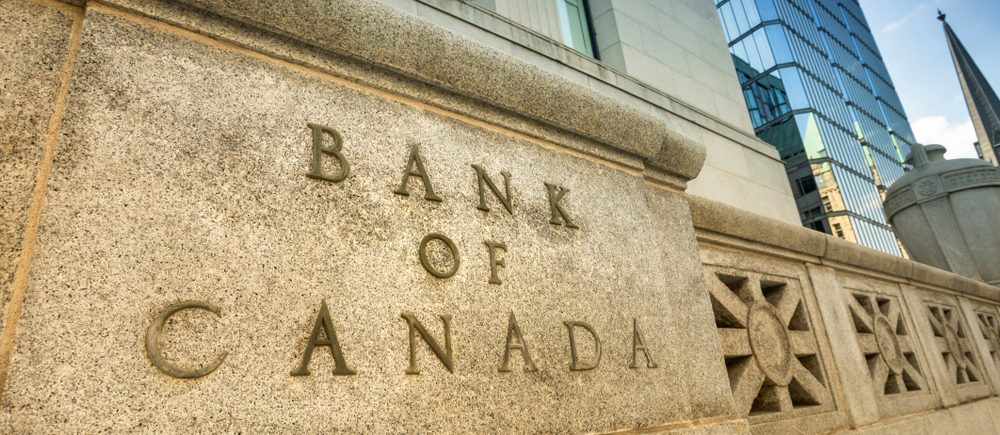The Bank of Canada (BoC) has decide to maintain interest rates unchanged until its inflation objective is sustainably achieved, and vowed to continue with its current quantitative easing (QE) policy.
The QE program will continue at its current pace of at least CAD 4 billion per week, as per the policy statement issued on Wednesday.
The statement explained that the global economy is recovering from the impact of the Coronavirus (COVID-19) pandemic, but it a way that it even across all regions and market sectors, pointing to its southern neighbor, the United States, where economic recovery appears to be gaining momentum as virus infections decline and fiscal support boosts incomes and consumption.
BoC expects new fiscal stimulus measures to increase consumption and output growth in the U.S., noting that yield curves have steepened, largely reflecting the improved US growth outlook, but global financial conditions remain highly accommodative, it further explained.
The report then reflected on the rise in crude oil and other commodity prices, indicating that although the Canadian Dollar (CAD) has been relatively stable against the US Dollar (USD), it has appreciated against most other currencies.
BoC said that the Canadian economy is proving to be more resilient than anticipated to the second wave of the pandemic and the associated containment measures, especially as Canada’s gross domestic product (GDP) expanded by 9.6% in the fourth quarter (Q4) of 2020.
Economic growth is expected to continue during Q1 of 2021, in contrast to the previous expectations issued in January.
Consumers and businesses are adapting to containment measures, and housing market activity has been much stronger than expected. Improving foreign demand and higher commodity prices have also brightened the prospects for exports and business investment.
Nevertheless, the report indicated that despite the positive near-term outlook, there remains considerable economic slack and a great deal of uncertainty about the evolution of the pandemic and the path of economic growth, identifying the more transmissible variants of COVID-19 as the largest downside risk.
The labor market remains long way from recovery, and employment is still well below its levels prior to the pandemic.
As for inflation, the report noted that it is likely to move temporarily upwards in the next few months, due to the deep drop in prices at the beginning of the pandemic, as well as the rise in gasoline prices. The Canadian central bank does not see the inflation rate reaching its 2% target until 2023.
 Noor Trends News, Technical Analysis, Educational Tools and Recommendations
Noor Trends News, Technical Analysis, Educational Tools and Recommendations





